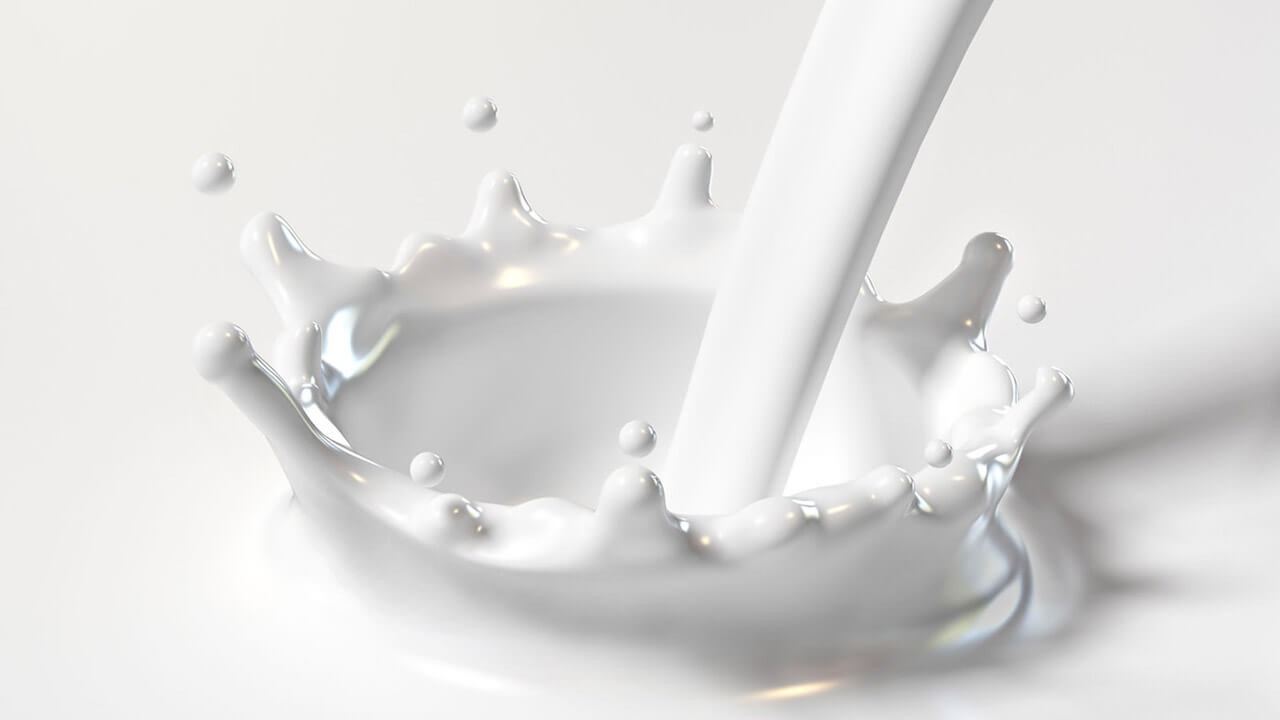Dispersion adhesives are water-based adhesives commonly used in various industries including construction, woodworking, paper products, packaging, and more.
What are Dispersion Adhesives?
Dispersion adhesives contain polymer particles dispersed throughout an aqueous solution. The most common polymers used are acrylics and vinyl acetates which are synthesized into tiny spherical particles between 0.1 to 1 micron in size. These polymer particles are dispersed in water using emulsifying and stabilizing agents.
When the adhesive is applied to surfaces and allowed to dry, the water evaporates leaving behind the polymer particles deposited on the surfaces. Upon heating or application of pressure, these particles soften and flow together forming a continuous adhesive film which bonds the surfaces together.
Compared to solvent-based adhesives, dispersion adhesives are more environmentally friendly as water is the only carrier medium. They also offer advantages like low odor, non-flammability and ease of clean-up with water.
Key Components of Dispersion Adhesives
Dispersion Adhesives contain several important components that give them their adhesive properties:
Polymer Particles: As mentioned, acrylics and vinyl acetates are most commonly used polymers. Their size, density and glass transition temperature affect bonding strength.
Emulsifiers: Used to stabilize the dispersion during synthesis and storage. Common types are non-ionic, anionic or cationic surfactants.
Plasticizers: Added to lower the glass transition temperature of polymers for better wetting and bonding at ambient temperatures. Common plasticizers are phthalates, adipates and citrates.
Fillers: Added to improve strength, heat resistance or viscosity control. Examples include silica, calcium carbonate and clays.
Preservatives: Used to prevent microbiological degradation during storage life. Common preservatives are biocides, fungicides and antioxidants.
Thickeners: Agents like cellulosics, silicas and xanthan gum are added to control viscosity for optimized application properties.
Other additives like defoamers, pH buffers and rheology modifiers are also frequently used. Careful balancing of all components results in tailored adhesive formulations.
Applications of Dispersion Adhesives
Some major applications where dispersion adhesives are utilized:
Building and Construction: Bonding of gypsum boards, fiberboard panels, tiles, insulation materials and other surfaces. Their flexibility make them damage tolerant.
Packaging: Used for case and carton sealing, tray forming, lamination of multi-layer constructions and protein/food packaging.
Furniture: Assembly of furniture frames, panels, veneers, edge-banding and laminates into finished products.
Vehicle Interiors: Bonding of dashboards, trim panels, headliners and other interior components in automobiles.
Footwear: Assembly of various components in shoes, sandals and other footwear.
Textiles: Laminating fabrics into upholstery, quilts and soft furnishings. Also used in the assembly of garments.
Paper Products: Manufacture of corrugated cardboard, paper bags, cups, paper towels and various paper-based items.
Woodworking: General purpose adhesive for wood joints, dowels, edge-gluing, furniture making and much more.
Key Properties and Testing
Dispersion adhesives are engineered to deliver certain key properties suitable for each end application:
– Bond Strength – Usually tested via peel or shear strength tests under various conditions.
– Open Time – Workable window for surfaces to be joined before drying. Ranges from a few seconds to over 30 minutes.
– Heat Resistance – Ability to withstand high temperatures without bond failure. Depends on polymer chemistry.
– Water Resistance – Capability to withstand moisture ingress without strength loss over time.
– Sandability – Ability to be sanded smooth after drying without leaving residue. Important in finishes.
– Toxicity – Dispersion adhesives have very low VOC and are generally safe for indoor use.
– Ageing Properties – Long term bonding stability under different environmental conditions.
Manufacturers perform rigorous testing to prove each formulation meets requirements before commercialization and certification for its intended uses. Proper selection ensures optimal performance.
Dispersion adhesives have become indispensable in numerous applications due to their ease of use, versatility and environmental friendliness. Continuous innovations in polymer engineering and formulation technology will further enhance their adhesive properties. With careful material selection and application methods, dispersion adhesives can deliver highly durable, damage tolerant bonds.
*Note:
1. Source: Coherent Market Insights, Public sources, Desk research
2. We have leveraged AI tools to mine information and compile it

